Description
Curcuma longa L. (turmeric) of ginger family (Zingiberaceae) belongs to the group of oldest cultivated spice plants in the south-east Asian countries. For many years rhizome of this plant has been used also as a safe and active drug for the treatment of various.chronic diseases, especially of diabetes mellitus (DM). The active substance of turmeric – curcumin (diferuloylmethane), possesses multiple therapeutic properties. In recent years, many detailed research (tests in vito and in vivo) along with clinical trials have revealed its very valuable biological activities related to its anti-inflammatory, antioxidant and cancer preventive properties, which are presented in numerous publications (1-6). At the molecular level it has been stated that curcumin inhibits cell proliferation, metastasis creation and apoptosis. Currently, great attention has been focused on curcumin as a blocker of TNF-s, which are the principal mediators of most inflammation-related disturbances (7). The main cause of blocking the broadly extended pharmacological and clinical investigations of curcumin is its extremely low solubility in water and in organ fluids. This feature consequently limits its systemic bioavailability and makes use of curcumin as a therapeutic remedy (to date) difficult. The primary aim of presently conducted research is to achieve increased solubilization and bioavailability of this promising nontoxic agent. Curcuma longa has been commonly used as a traditional remedy for a variety of symptoms such as inflammation, gastritis and gastric ulcer. One study showed that an ethanol extract from C. longa specifically inhibits gastric acid secretion by blocking H(2) histamine receptors in a competitive manner (Kim 2005). Intragastric administration of an ethanol extract of turmeric to rats inhibited gastric secretion and protected the gastroduodenal mucosa against chemical, physical, and drug-induced injuries. Turmeric stimulated the production of gastric wall mucus and restored nonprotein sulfides in rats (Rafatullah, 1990).
The German Commission E monograph is frequently used as an authoritative source for information on herbal medicine. It lists gastric ulcer, hyperacidity, peptic ulcer as contraindications for use of turmeric, however, newer studies suggest that these cautions are unwarranted. Curcuma longa Linn. (Fig. 10.1), a perennial plant, belongs to ginger family (Zingiberaceae). It is native to India, and now extensively cultivated in the tropical and subtropical regions of South and Southeast Asia including China, Indonesia, and India, and some areas of Africa with a warm and wet tropical climate. Curcuma may derive from its Arabic name (kurkum) or the Hebrew name (karkom) which means yellow. The term longa come from the elongated shape of its rhizome. The rhizome with a characteristic deep orange-yellow color, known as turmeric, is a very important ingredient in curry and widely used as coloring and flavor agent. Turmeric is known by a variety of synonyms worldwide, and many of these synonyms are associated to its main characteristic, orange-yellow color. Ranjani, Pita, and Varavarnini in India indicate the bright yellow color of the rhizome, and Jiang-Huang in Chinese means yellow ginger. Turmeric was also a very important herb in traditional Chinese and Indian medicinal systems for the treatment of various diseases including cough, diabetic wounds, hepatic disorders, and cardiovascular disease.


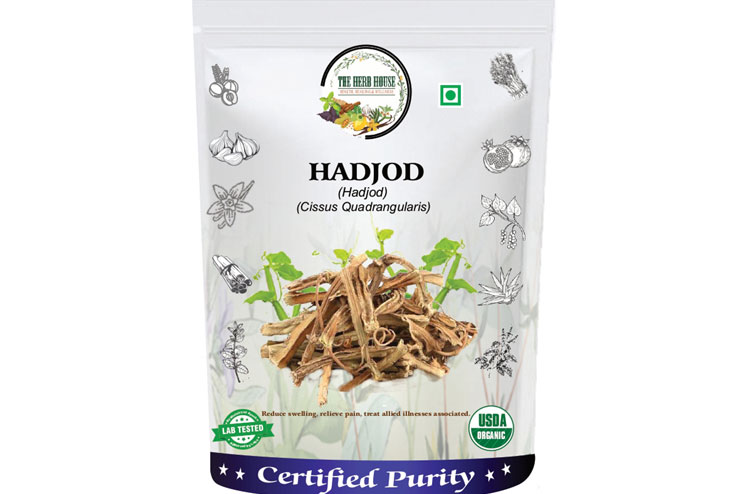
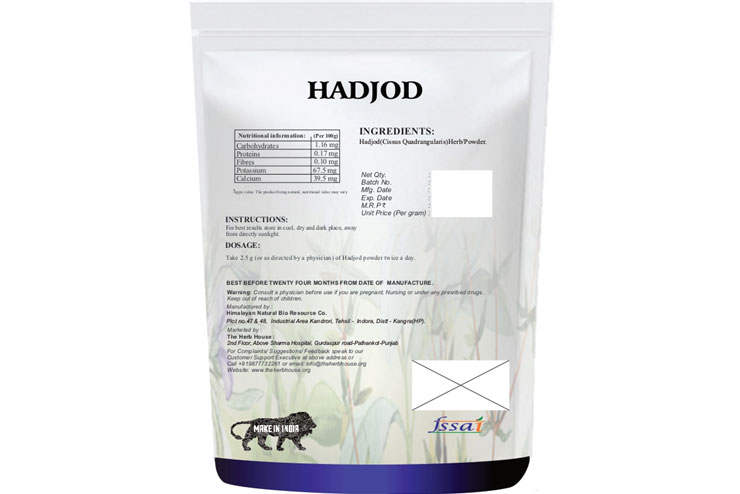
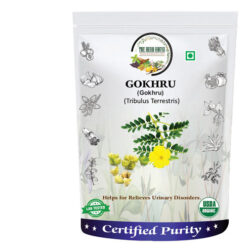
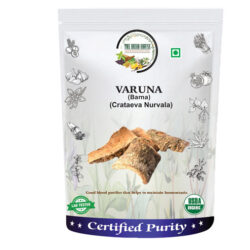
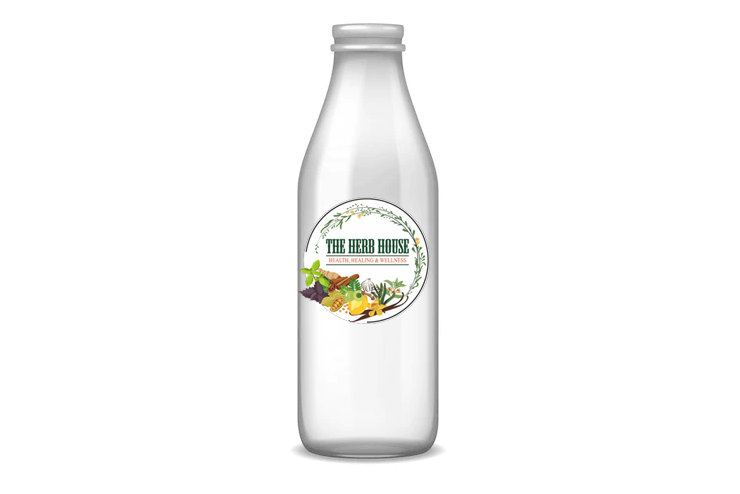
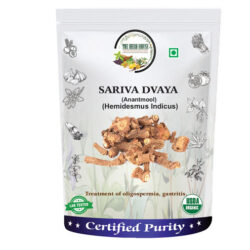
Reviews
There are no reviews yet.